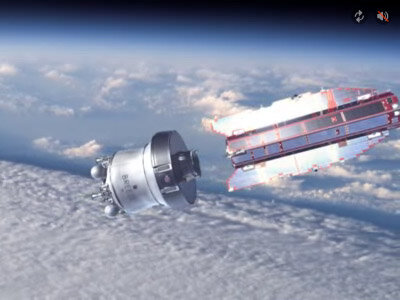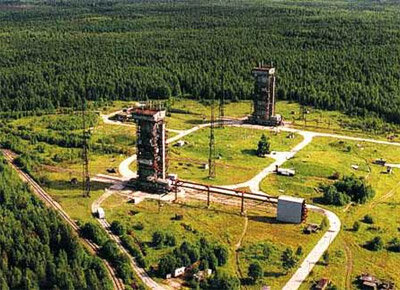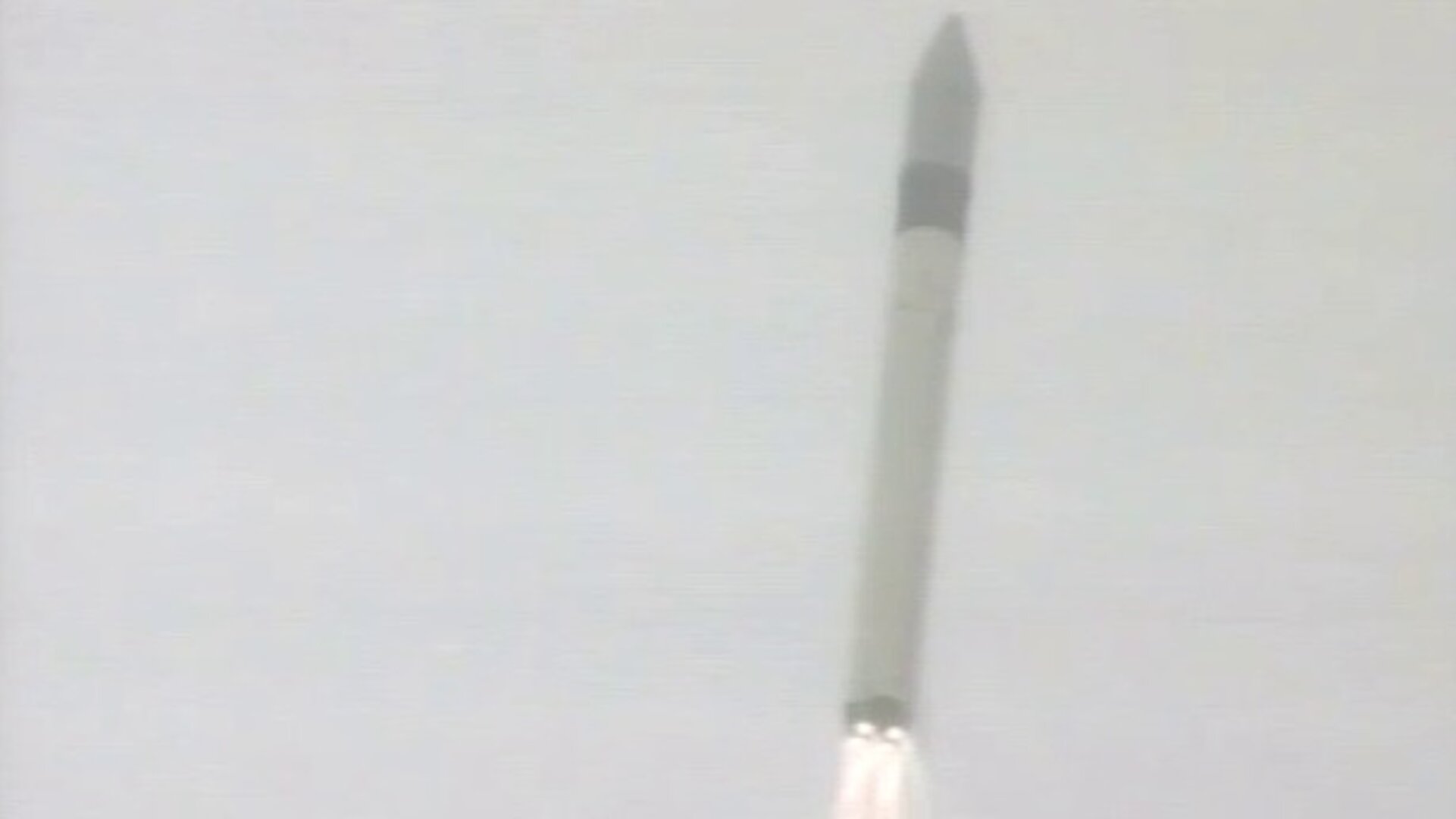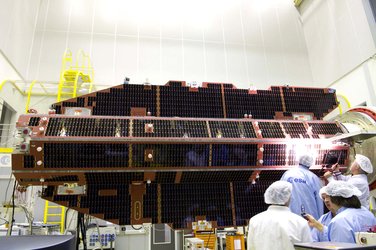About the launch
GOCE was taken into orbit on 17 March 2009 on a Rockot launcher from the Plesetsk Cosmodrome in northern Russia.
Around 90 minutes after GOCE was launched into orbit about 280 km above Earth, it was released by the launch vehicle’s upper stage.

The satellite’s orbit then decayed over a period of 45 days to an operational altitude of about 260 km. During this time, GOCE was commissioned and the electrical propulsion system checked for reliability in drag-free control.
The launch site, Plesetsk, is located at 63° latitude and 40° longitude, about 800 km northeast of Moscow and 200 km south of the city of Archangel. It is Europe's only continental launch site and ideally suited to high inclination and sun-synchronous launches into low earth orbits.
The Rockot launcher that carried GOCE into orbit is a converted SS-19 intercontinental ballistic missile, which was designed as a weapon of war during the early 1970s.

Around 150 of the SS-19 missiles were declared as excess in military terms by the Strategic Talks on Arms Reduction Treaty agreements signed by the United States and the Soviet Union in 1990 and 1991, but were permitted to be reused as civil launchers.
The adaptation of the SS-19 uses the original two lower liquid propellant stages of the ICBM in conjunction with a modern upper stage for commercial payloads called Breeze-KM – optimised for delivering up to 1950 kg into low Earth orbit.
Rockot is marketed and operated by Eurockot, a German-Russian joint venture.








